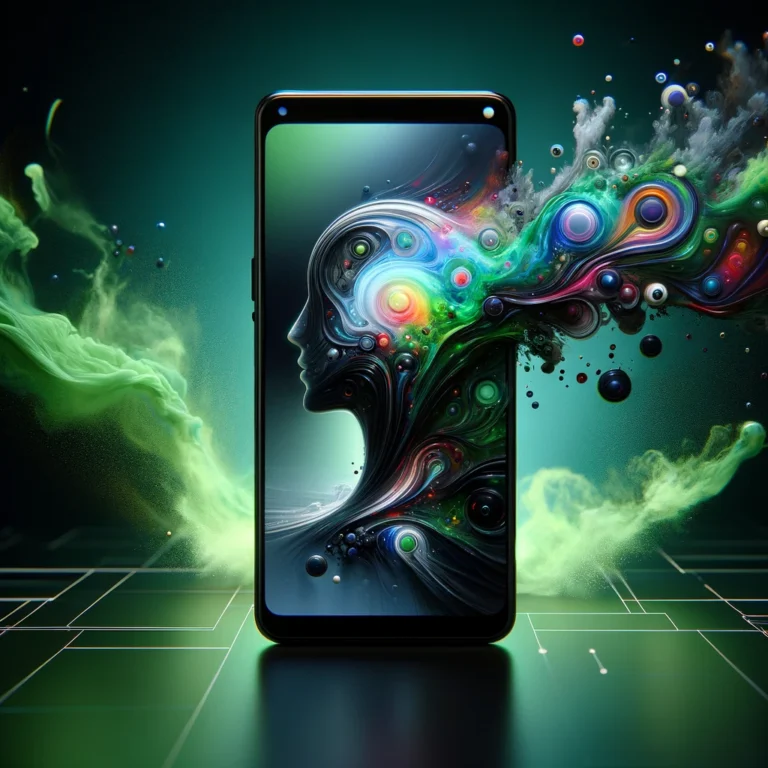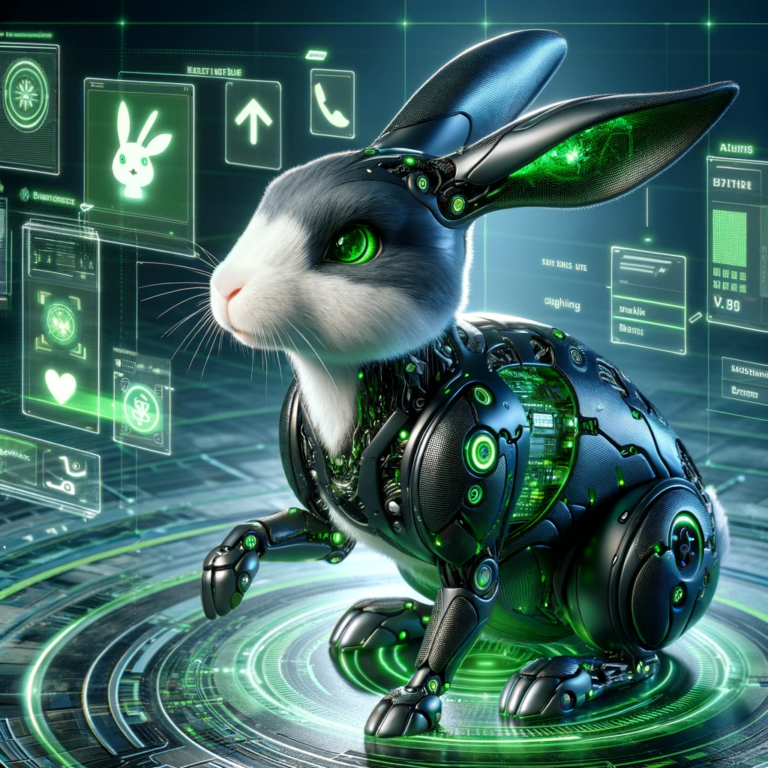How to unlock new skills in OpenAI’s ChatGPT platform.
ChatGPT, developed by OpenAI, is a revolutionary tool that leverages the power of Generative AI to assist with a range of tasks, from improving writing and summarizing long texts to generating fresh ideas. This blog post aims to demystify key terms related to ChatGPT and shed light on how to best utilize its capabilities.
Key Terms
- Prompts: In the context of ChatGPT, prompts are essentially the instructions or input you give to the AI. They guide the AI’s responses.
- OpenAI: OpenAI is the artificial intelligence lab that developed GPT (Generative Pretrained Transformer), the underlying model of ChatGPT.
- Prompt Engineering: This refers to the practice of designing and refining prompts to achieve desired outputs from AI.
- Generative AI: It refers to AI models capable of generating content like text, music, or images that mimic human-like creativity.
- Large Language Models: These are AI models trained on vast amounts of text data, allowing them to generate human-like text based on the input or prompt they receive.
- Plugins: Plugins can be integrated with ChatGPT to extend its capabilities, for instance, to enable internet access for real-time data.
Use Cases - Improving Writing: Generative AI can serve as a diligent proofreader, identifying grammatical errors, suggesting more effective word choices, and enhancing the overall clarity and flow of your text.
- Summarizing Long Text: Faced with a lengthy document? Generative AI can distill it into a concise summary, highlighting key points without missing important details.
- Generating New Ideas: Generative AI can act as a virtual brainstorming partner, helping you generate fresh perspectives and innovative ideas on any given topic.
Prompt Engineering: Tone, Format, and Mode
The magic of ChatGPT lies in its ability to adapt to a wide array of tones, formats, and modes through effective prompt engineering. - Tone: The tone of a text refers to the writer’s attitude or emotional resonance. ChatGPT can adapt to tones such as persuasive, professional, firm, formal, descriptive, confident, informal, humorous, poetic, friendly, academic, and narrative.
- Format: ChatGPT can generate responses in various formats, including tables, essays, code, blogs, reports, tweets, emails, presentations, bullet points, research pieces, and social media posts.
- Mode: The mode refers to the specific role ChatGPT assumes based on your prompt. For example, it can serve as an intern to find research on a particular topic, an idea generator to create new ideas, an editor to fix and improve the text, a teacher to explain a specific topic, or a critic to critique an argument.
An example of a prompt that utilizes all of these elements would look like this:
Acting as a teacher, please write me an essay on Colonial America in a descriptive and friendly tone.

Conclusion
Harnessing the power of generative AI is a journey of discovery, both in understanding its capabilities and exploring the boundaries of AI. The key to mastering generative AI lies in effective prompt engineering—the right tone, format, and mode can unlock outputs tailored to your needs. Dive in and discover the full potential of this revolutionary tool, making your writing process more efficient, creative, and insightful.
No matter your needs—crafting the perfect blog post, summarizing a complex report, or brainstorming innovative solutions—ChatGPT stands ready to assist. This dynamic tool, armed with the capability to generate human-like text, makes it an indispensable partner in the realm of content creation. Explore ChatGPT today and witness a transformative approach to your writing and ideation process.
For more information on ChatGPT, please visit https://openai.com/blog/chatgpt
And for all the latest updates in the tech space, please visit www.rewiredgvl.com



